Modern door systems, Lift and Slide doors are designed to provide an effortless opening of large door panels with a smooth glide. The mechanism has a lift-up on the small rise before sliding off the track so as not to cause friction. It will be wearing out the system with time. This gives relatively easy opening and closing, even large heavy glass panels.
Post your Requirement
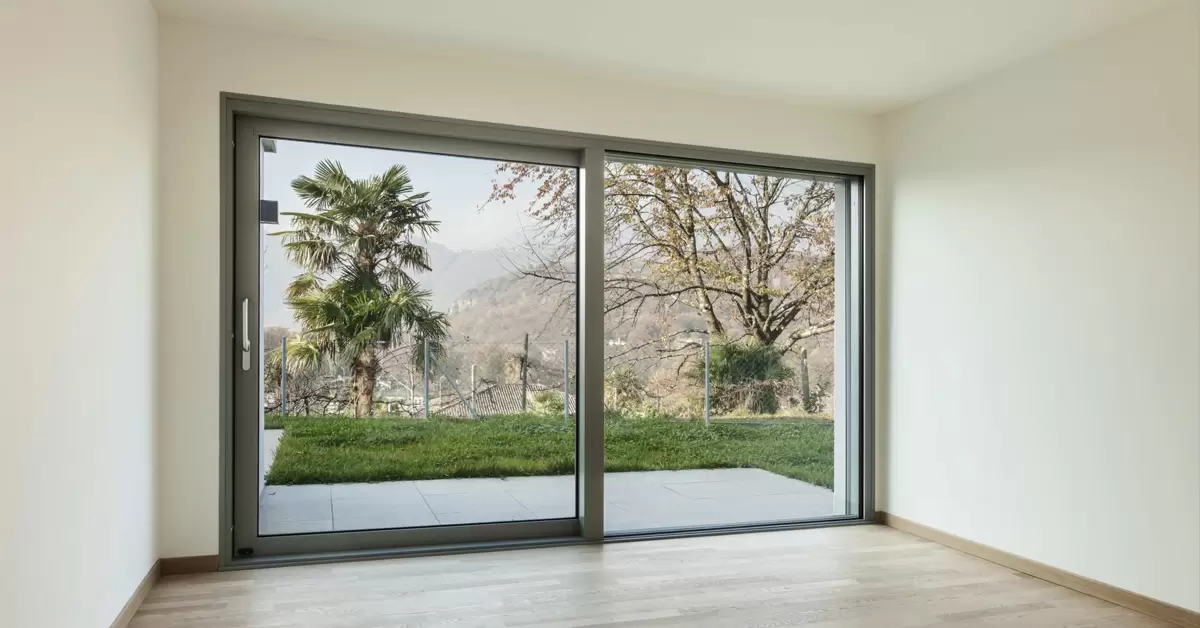
These doors are just perfect to create seamless indoor and outdoor transitions, especially in modern homes where there is the need for maximum natural light and minimal disorganization. Lift and Slide doors are essentially large glass panels that slide horizontally to open up easy entrance access to the outdoors on the balcony, patio, or garden.
Types Of Lift And Slide Doors Based On Material
The material of the door frame determines the overall durability and appearance and the performance of Lift and Slide doors. Here’s a look at the most common materials used for these doors;
- uPVC Lift and Slide Doors: uPVC is often used on doors due to its advantages of excellent thermal insulation, fewer maintenance requirements, and weathering resistance. An energy-efficient lift and slide door would mean an indoor comfortable temperature. uPVC Lift and Slide doors are very resistant to elements and can withstand rough climatic conditions, thus suitable for coastal or severe climate houses.
- Aluminium Lift And Slide Doors: Aluminium is strong, slim, and modern and makes aluminium Lift and Slide doors ideal for creating large glass panels that admit panoramic views of the outdoors. Highly durable and low maintenance, with no corrosion, these doors are, however a good conductor of heat which is why modern aluminium doors come with a thermal break for improved energy efficiency.
- Glass Lift And Slide Doors: If you want to optimize natural light and merge the inside with the outside spaces seamlessly, Glass Lift and Slide doors will provide you with exactly that. Especially in modern open-plan designed homes, they are popular doors. The first advantage is aesthetic appeal along with views to die for. On the other hand, glass doors must be cleaned frequently so that they remain transparent.
- Steel Lift And Slide Doors: Steel doors are known for their strength and security. Steel Lift and Slide doors give a very modern and industrial look while being very durable. Steel doors can withstand weather conditions. They can protect your home very well, especially in households that can easily experience break-ins.
- Composite Lift And Slide Doors: Composite doors combine wood, uPVC, and aluminium materials to provide the best features from each. These doors are well-insulated, long-lasting, and easy to design aesthetically. Composite Lift and Slide doors are energy efficient with security and amazing views. They can be sourced in a variety of finishes and colours.
What Are Regular Sliding Doors?
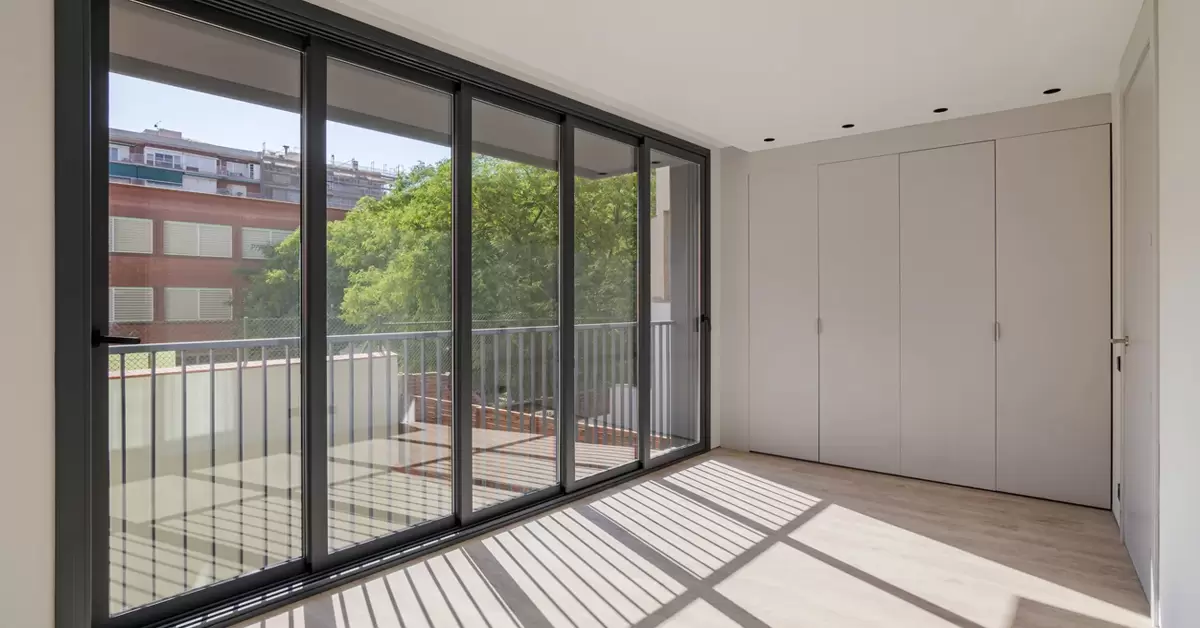
Regular Sliding doors, also known as horizontal sliding doors, are a simpler alternative. They may consist of one or more panels and slide horizontally. Although they are easy to install and usually less expensive than their Lift and Slide counterparts, regular sliding doors do not have that advanced lifting mechanism. On the other hand, the panels slide along the track itself, which can create more friction as well as possibly more resistance when opening larger or heavier panels. Sliding doors are very common in homes where area-saving designs are a must, such as between rooms or in small patios, and they also vary in style from modern to traditional designs.
Differences Between Lift And Slide Doors And Conventional Sliding Doors
When it comes to making a choice of doors for a home, the numerous options can be a headache. Out of so many choices, when it comes to large openings, two are most common: the Lift and Slide type and the Regular Sliding door. Though both types open up great spaces to get easy access, they differ in the way they operate, their appearance, and overall performance.
Even though the Lift and Slide doors and Regular Sliding doors may look similar at first sight, they vary significantly in terms of operation, design, performance, and functionality. Let’s go into some of the main differences:
1. Operation Mechanism
- Lift And Slide Doors: Essentially, the key feature of Lift and Slide doors is the lifting mechanism. The door lifts off its track before it moves, which reduces friction immensely and makes it easier to slide open. This will allow even very large and heavy doors to glide across with ease, which is a huge advantage for openings where extra-large sizes are required.
- Regular Sliding Doors: The normal sliding doors do not have the lifting action. The doors just glide on a horizontal track. Though it is very simple to operate, this action without the lifting creates more friction, which may cause more resistant doors when the track gets dirty or the doors get out of line after many months.
2. Energy Efficiency And Insulation
- Lift And Slide Doors: The mechanism attached to Lift and Slide doors makes for a better seal when closed, hence they provide far better insulation compared to standard sliding doors. Lifting action compresses the door more snugly in its frame, thereby reducing heat loss and preventing drafts.
- Regular Sliding Doors: Standard sliding doors can still be quite well-insulated, especially if fitted with double-glazed glass and fitted with weather stripping. However, they are not nearly as air-tight as a Lift and Slide door, so are more likely to leak energy and have reduced energy efficiency, especially in colder climates.
3. Space-Saving Features
- Lift And Slide Doors: Lift and Slide doors are great space-savers because it does not open like a traditional door, swinging out to consume the room. With big glass panels opening and closing without hindering your living space, they are ideal for wide openings. Large door panels also maximize space through the lift mechanism.
- Regular Sliding Doors: Regular sliding doors are also space-efficient as they slide along the track without requiring extra clearance. However, the size of the panels is often limited, meaning it might not be the best option if the opening is large and maximizing natural light is a priority.
4. Aesthetic Appeal
- Lift And Slide Doors: One of the notable features of lift and slide doors is their sleek, modern look. A lot of clients love the minimalist design offered with Lift and Slide doors because, with just a lifting mechanism, large glass panels and slim frames allow for unobstructed views and let in the maximum amount of light. Clean lines will be a major draw for any home buyer with a contemporary interior design.
- Regular Sliding Doors: While traditional sliding doors are functional, their design can be bulkier, especially when compared to Lift and Slide doors. The framing around the panels is more noticeable, which can affect the overall aesthetic if you’re aiming for a modern, open-plan style. However, sliding doors can still be very attractive in their own right, especially when paired with stylish frames or used in more traditional settings.
5. Durability And Maintenance
- Lift And Slide Doors: Lift and slide doors are designed to be long-lasting, with the lifting mechanism reducing wear on the tracks. They require minimal maintenance, as the system doesn’t rely on constant sliding motion to function. The tracks should be cleaned every once in a while to ensure smooth motion.
- Regular Sliding Doors: While tough, standard sliding doors are subjected to friction as the panels of the door sit directly on the track. Eventually, the grime and debris accumulate, and it becomes hard to operate the doors smoothly. Regular cleaning and maintenance are a must for smooth operation.
6. Safety
- Lift And Sliding Doors: Lift and sliding doors are designed with much better security features. The lifting mechanism of the door makes it hard for burglars to lift the door off its tracks. In many cases, multi-point locking systems are installed in lift and sliding doors, which make it hard for burglars to open the door by force.
- Regular Sliding Doors: Standard sliding doors are more prone to burglary, especially if there is no safety locking system. Modern sliding doors also have additional security features but these can be more easily smashed open than the Lift and Slide doors.
7. Weather Resistance
- Lift And Slide Doors: Lift and slide doors are weather-resistant. The better sealing system of these doors prevents wind from blowing into the house, thus providing adequate resistance against the change in weather conditions. They are especially suitable for houses near extreme or highly variable weather conditions.
- Regular Sliding Doors: Sliding doors are weather resistant to a certain extent but compared to Lift and Slide doors they might not perform well in extreme weather conditions. No lifting function means there could be gaps at the edges, especially when sliding doors are older or the seals are not properly maintained.
8. Cost And Installation
- Lift And Slide Doors: The main advantage that lift and slide doors have is a high price; the advanced technology and expensive materials used in building them make them costlier. They need more complex installation because track and lifting mechanisms have to be calibrated precisely to ensure smooth movement.
- Regular Sliding Doors: Regular sliding doors are usually more affordable and easier to install. They are a very reasonable solution for many homeowners wanting to make a functional opening, uncomplicated without requiring much financial input.
Lift And Slide Doors vs Regular Sliding Doors: A Wise Selection
The decision between Lift and Slide doors and Regular Sliding doors finally lies on several key factors:
1. Budget
- Lift And Slide doors are considered to be more expensive in comparison with regular sliding doors, mainly due to the complex mechanisms and materials used. If the budget doesn’t bind you, they provide long-term advantages of using it for durability and energy efficiency aspects.
- Regular Sliding doors are less expensive and just a simple, effective space-saving option that is still very easy to operate.
2. Space And Design Factors
- Lift and Slide doors are ideal for large apertures or to be used in a setting that will produce a minimalist look from the perspective of maximum daylighting. Suitable for open-plan interiors or wide exterior spaces, which are accessible.
- Regular Sliding doors are best suited to small-sized rooms or houses and perhaps homes where the functionality of the door takes precedence over aesthetic appeal or energy efficiency.
3. Energy Efficiency
- Lift and Slide doors are highly efficient in terms of energy as they operate on advanced sealing mechanisms. This makes it suitable for most homes in extreme weather as they can contribute to saving heating and cooling bills eventually.
- Regular Sliding doors can be energy-efficient with high-grade glazing, but in general, they do not perform as well as Lift and Slide doors regarding insulation.
4. Security Requirements
- Lift and Slide doors offer more impressive security features, particularly with their lifter mechanism and multi-point locking system. If security would be the main requirement, Lift and Slide doors are a better choice.
- Regular Sliding doors may not be as secure, particularly older models or those without modern locking systems. However, they can still be upgraded for better security.
5. Aesthetic Preferences
- If you’re looking for a sleek, contemporary look, Lift and Slide doors are the clear winner. Their large glass panels and minimalist design offer a striking visual appeal.
- Regular Sliding doors are better suited for traditional or smaller spaces where you want something practical but functional.
Conclusion
Lift and Slide doors and Regular Sliding doors in the debate, the latter clearly do better than the former in ease of operation, energy efficiency, and aesthetics. They are better suited to larger openings, modern designs, and for homes where energy efficiency and security are of importance. Regular sliding doors might not offer much in the long term by way of functionality and style for smaller budgets and for less demanding needs.
Read Also: Lift and Slide Door Problems, Benefits & Mechanism


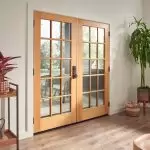
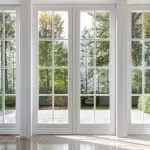
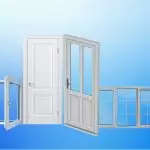
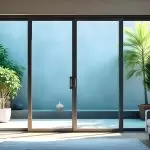

















Post A Comment